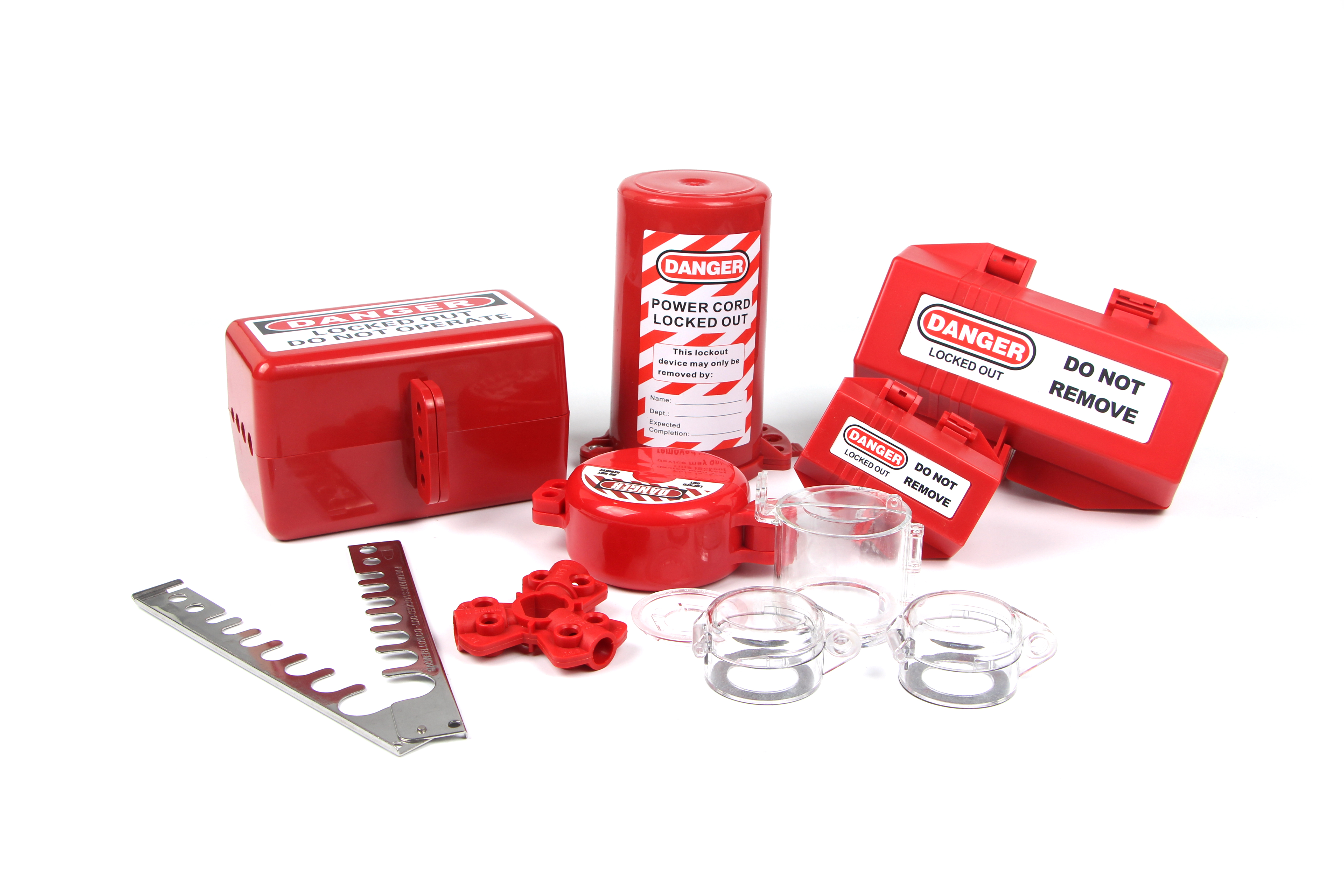1. The yield strength σs and the deformation resistance gauge may be small, so that the unit deformation force is correspondingly reduced to prolong the life of the mold.
2. The cold deformation performance of the steel should be good, that is, the material should have good plasticity, low hardness, and can cause cracking of the product under a large degree of deformation.
3. The work hardening sensitivity of steel is as low as possible so as not to cause too much deformation force during cold head deformation.
Second, chemical composition requirements
Chenglin cold steel 1. Carbon (C) Carbon is the most important element affecting the cold plastic deformation of steel. The higher the carbon content, the higher the strength of the steel and the lower the plasticity. Practice has shown that for every 0.1% increase in carbon content, the yield strength σs is increased by 27.4Mpa; the tensile strength σb is increased by 58.8~78.4Mpa; and the elongation δ is decreased by 4.3%, and the reduction of area is reduced by 7.3%. It can be seen that the carbon content of the steel has a great influence on the cold plastic deformation properties of the steel. In the actual production, when the carbon content of the cold heading and cold extrusion steel is more than 0.25%, the steel is required to be subjected to spheroidizing annealing before drawing. For cold headings with a degree of deformation of 65% to 80%, the carbon content should not exceed 0.4% when subjected to upsetting deformation without intermediate annealing.
2. Manganese (Mn) Manganese reacts with iron oxide in the smelting of steel (Mn+FeO→MnO+Fe), which is mainly added for deoxidation of steel. Manganese iron sulfide (Mn+FeS→MnS+Fe) in steel can reduce the harmful effects of sulfur on steel. The formed manganese sulfide can improve the cutting performance of steel. Manganese increases the tensile strength σb and the yield strength σs of the steel, and the plasticity is lowered, which is disadvantageous for the cold plastic deformation of the steel. However, the effect of manganese on the deformation force is only about 1/4 of that of carbon. Therefore, except for special requirements, the manganese content of carbon steel should not exceed 0.9%.
3. Silicon (Si) Silicon is the residue of the deoxidizer during steel smelting. When the silicon content in the steel is increased by 0.1%, the tensile strength σb is increased by 13.7 MPa. Experience has shown that when the silicon content exceeds 0.17% and the carbon content is high, it has a great influence on the plasticity reduction of the steel. Appropriate increase of silicon content in steel is beneficial to the overall mechanical properties of the steel, especially the elastic limit, and can also increase the corrosion resistance of the steel. However, when the silicon content in the steel exceeds 0.15%, the steel is sharply formed into non-metallic inclusions. High-silicon steel does not soften even if it is annealed, reducing the cold plastic deformation properties of steel. Therefore, in addition to the product's high strength performance requirements, cold heading steel always tries to reduce the silicon content.
4. Sulfur (S) Sulfur is a harmful impurity. The sulfur in the steel causes the crystal particles of the metal to separate from each other to cause cracks during cold heading. The presence of sulfur also causes the steel to be hot brittle and rusted. Therefore, the sulfur content should be less than 0.055%. High-quality steel should be less than 0.04%. Because sulfur, phosphorus and manganese compounds can improve the cutting performance, the sulfur content of steel for cold heading nut can be relaxed to 0.08~0.12% to facilitate tapping. However, there is generally no supply of high-sulfur steel smelted specifically for the smooth tapping of nuts.
5. Phosphorus (P) Phosphorus has strong solid-state strengthening and work hardening effect, and segregation is severe in steel, which increases the cold brittleness of steel, makes steel susceptible to acid corrosion, and phosphorus in steel deteriorates cold plastic deformation ability. When the drawing is broken, the wire will be broken, and when the product is cold, the product will be cracked, and the phosphorus content in the steel should be controlled below 0.045%.
6. Other alloying elements Other alloying elements in carbon steel, such as chromium (Cr), molybdenum (Mo), nickel (Ni), etc., exist as impurities, and the effect on steel is far less than that of carbon, and the content is extremely small.
Electrical Lockout equipment is used for locking out switched off circuit breakers, preventing re-energising, to control dissipation of residual energy, to ground electricity and also to effectively tagout equipment.
The plug completely sits inside the unit with the cable being fed through an access hole inside.Completely encloses electrical plugs to prevent accidental re-connection.
Our Electrical Plug Lockout devices accommodate a large variety of plug shapes and sizes and some require a key to prevent unauthorized plug connections.Device is made of rugged polypropylene and is for use with 110V,220V and 500V electrical plugs.
Surrounds the electrical plug and protects against accidental reconnection.Avoid electrical accidents by applying lockouts to prevent plugs from being inserted into a wall outlet. Use when plug will not remain under the exclusive control of the person performing service or maintenance.

Electrical Lockout
Electrical Lockout,Electrical Lock,Electric Lock,Stop Lockout
Lockey Safety Products Co., Ltd. , http://www.lotolockey.com